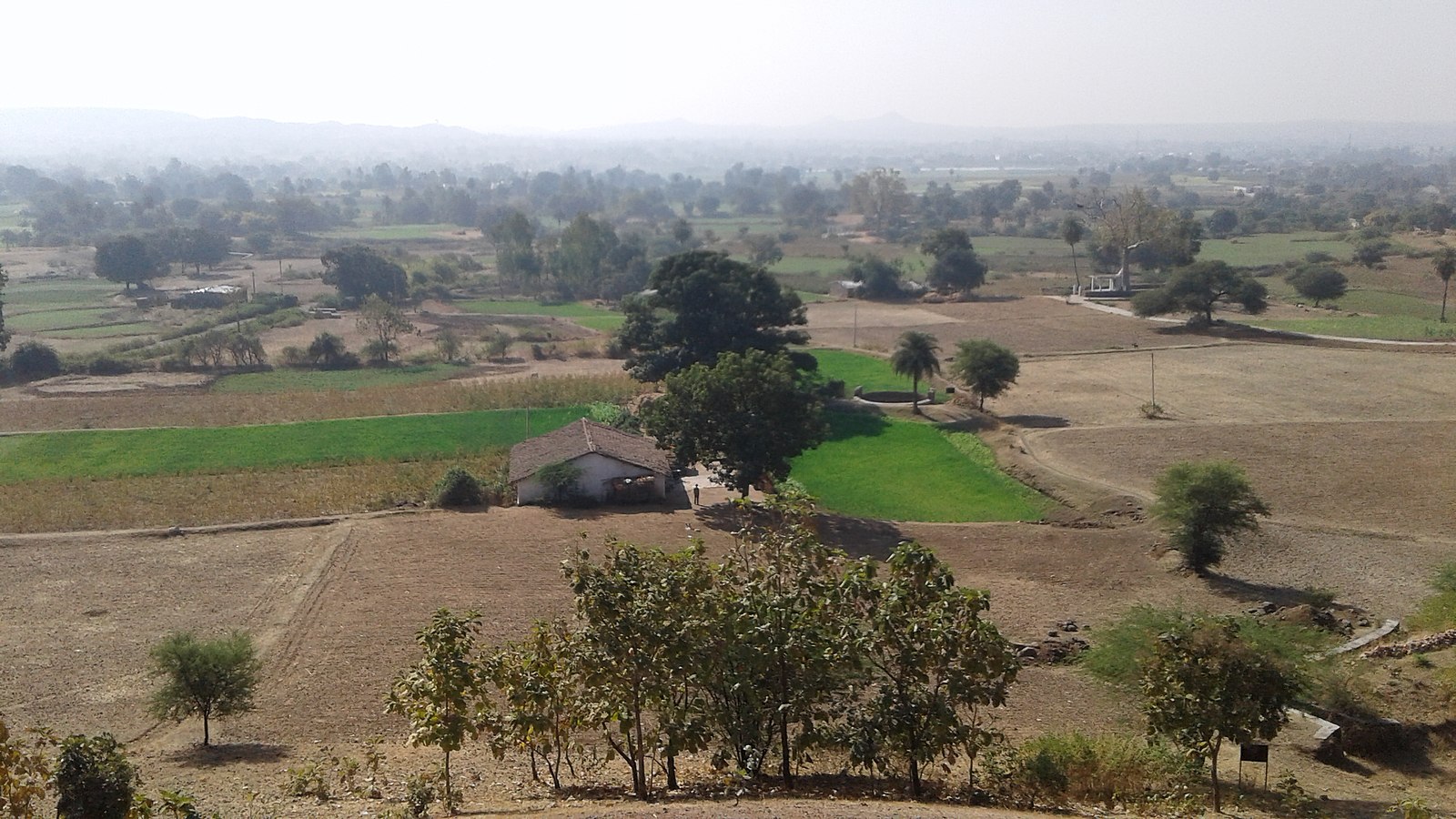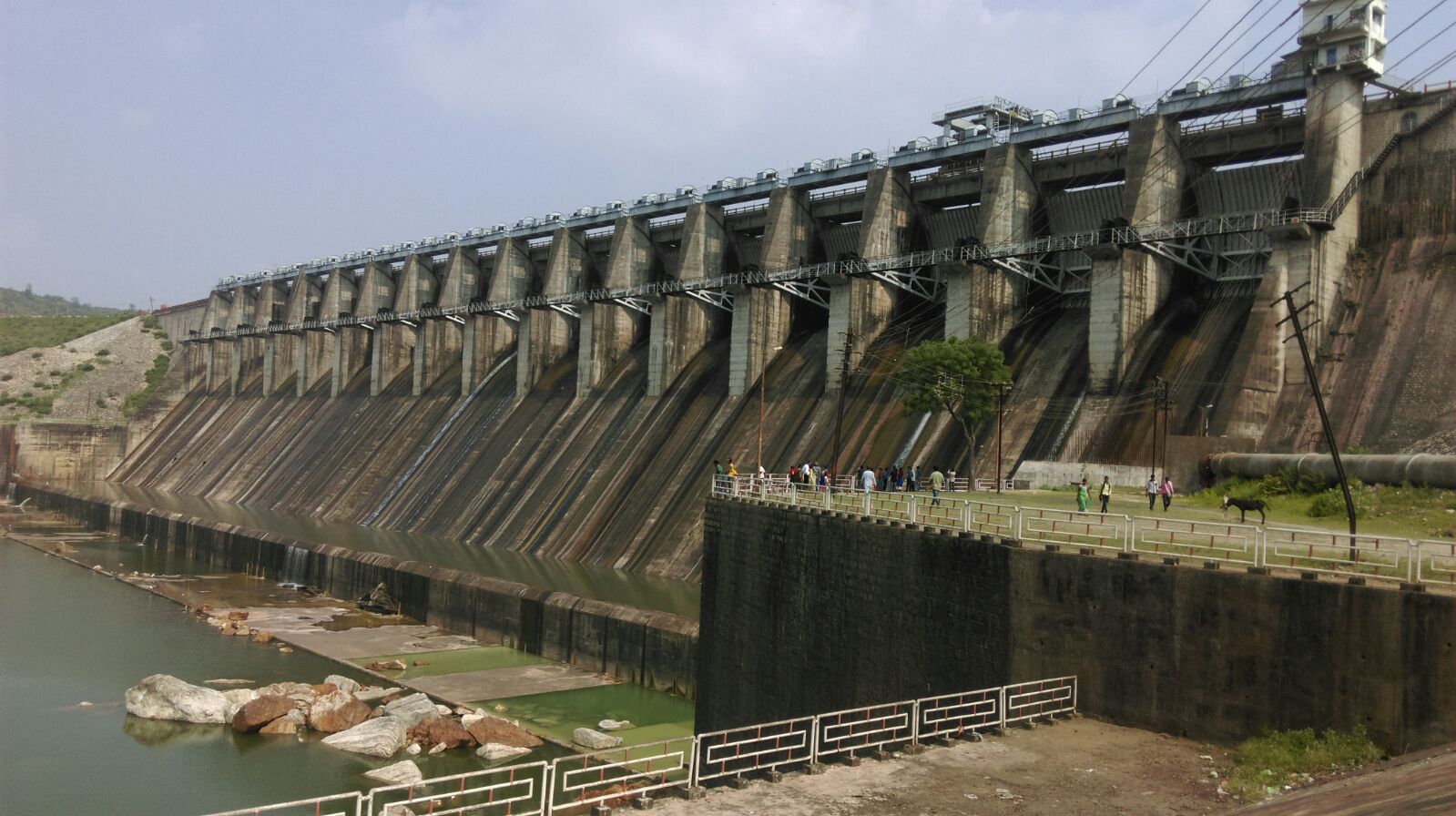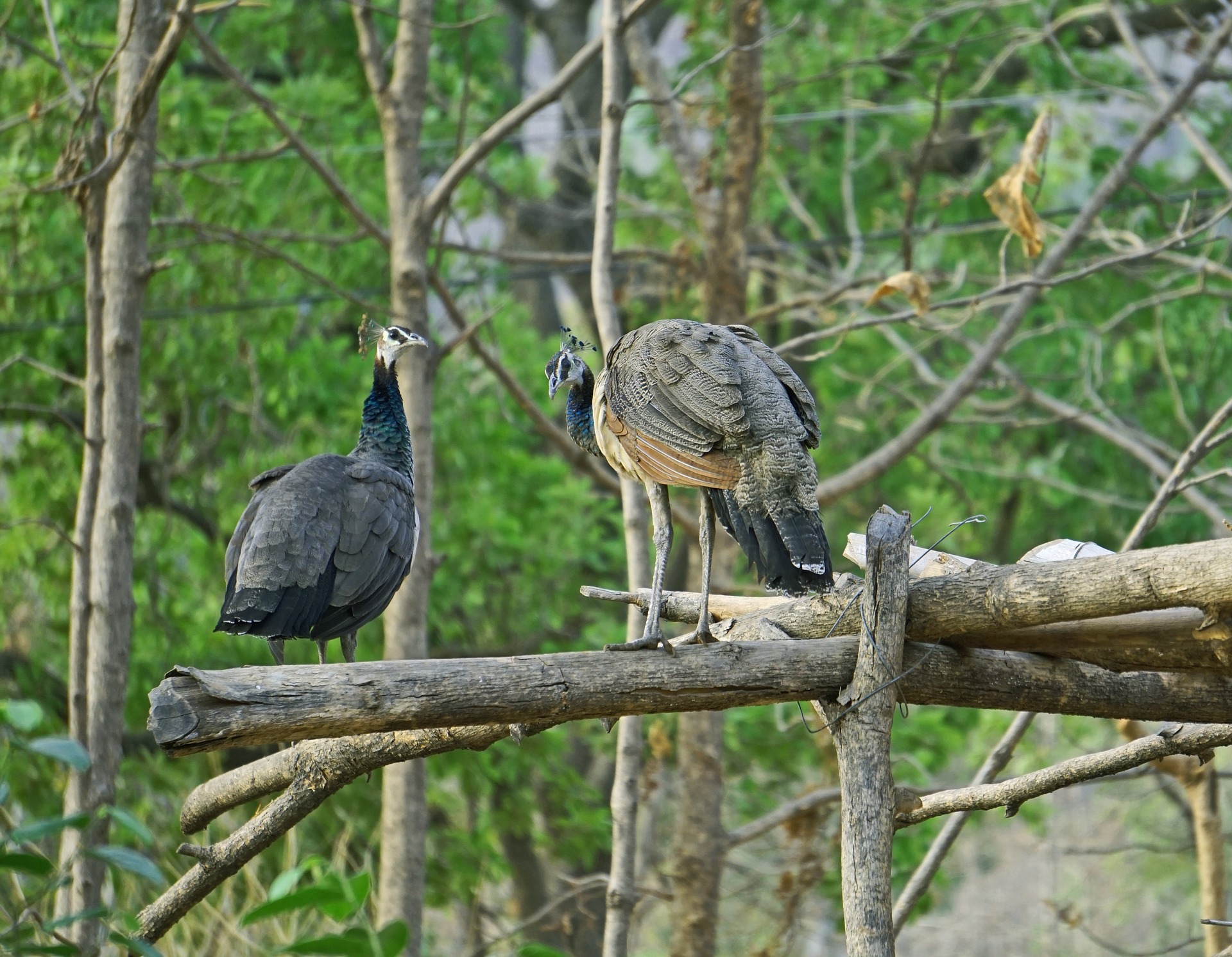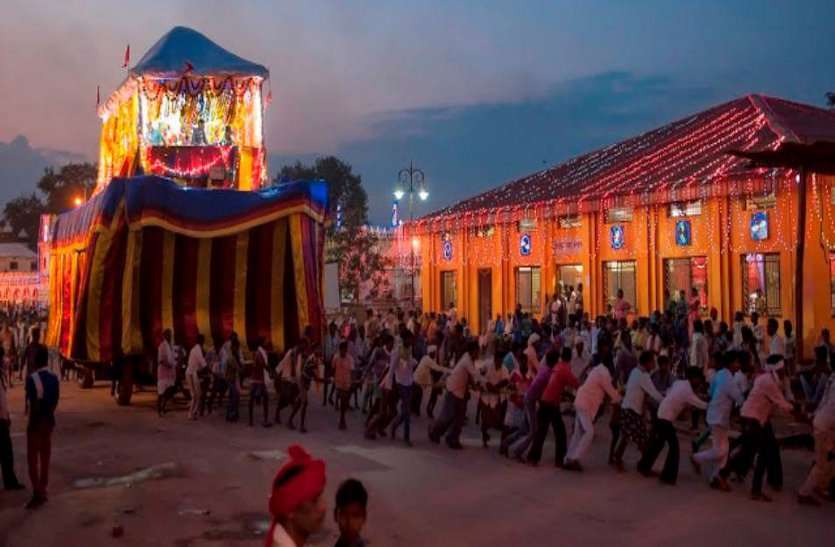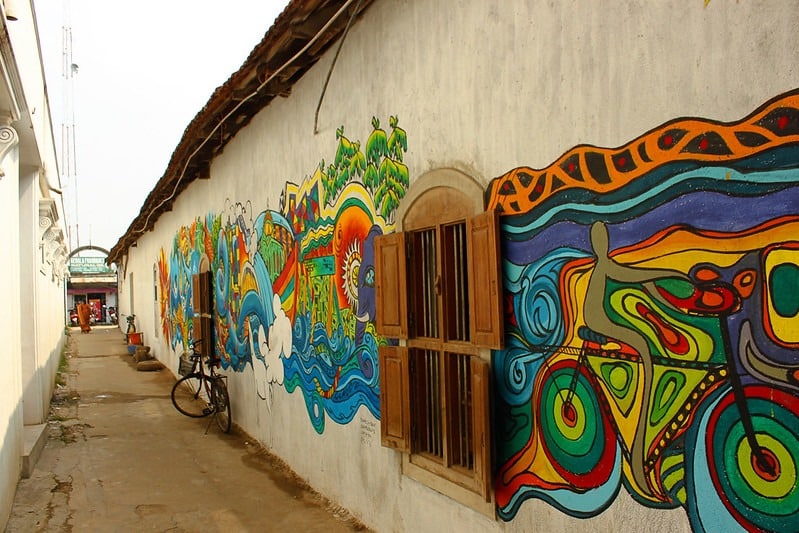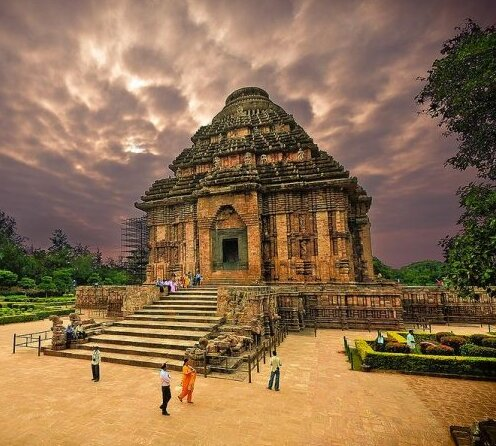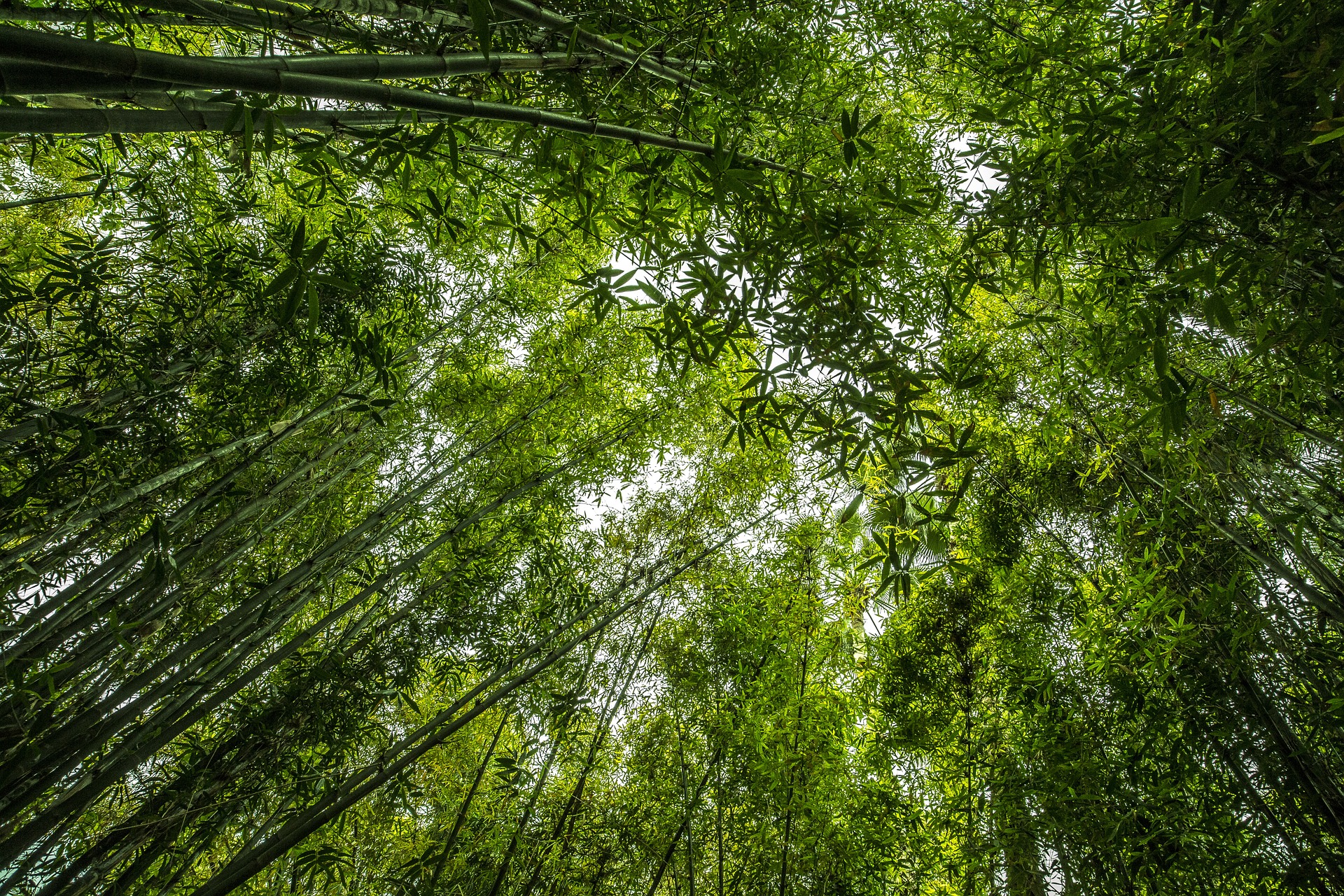
Like most people who have never been to Rajasthan, I would also conjure up an image of the desert state- an endless expanse of sand, quaint little towns, and a colorful culture that uplifts your soul. All until a few weeks ago, when I had a work event to attend in Udaipur. Fascinating as the city is, it was still an urban environment, something that didn’t add up to my image of Rajasthan. One of my professional contacts suggested that I ‘take a look around’ while I am there. Of all the old palaces, monuments, and memorials in the vicinity, something that caught my eye was the town of Banswara at a distance of 185 Km from the city of Udaipur. After a little Q&A with the locals, I learned that Banswara is the only place with an evergreen landscape in Rajasthan. Intrigued, I decided to extend my trip by a day and explore this unique oasis.
To Banswara
The quiet little town of Banswara sits near the border of Gujarat and takes about three and a half hours to reach. So, I rented a car from Udaipur for the day and headed out on the Udaipur-Banswara Highway. You can also take a train to Ratlam, which is the nearest railway station at 80 Km from Banswara. Being monsoon, the weather on road was absolutely perfect, with light showers and intermittent sunshine.
An Oasis in Rajasthan
Or so I like to call it. With the dense foliage of evergreen trees, thick bamboo forests, and a huge water body to meet the town’s needs, I couldn’t think of a better name. But the locals have many other names for the place, like – The Land of Bamboo, for its huge clusters of bamboo trees and, The Cherrapunji of Rajasthan- for receiving the highest rainfall in the state.
My cabbie turned out to be a knowledgeable local and happily offered to be my guide for the tour. Apparently, Banswara was a princely state ruled by the Maharawals. A Bhil (local ethnic tribe) leader called Bansia once ruled the area and gave his name to his kingdom. Later, Maharawal Jagmal Singh defeated Bansia and took over the state.
Exploring Banswara
This verdant little settlement is probably the greenest patch of Rajasthan and one of the most serene places I have ever come across. As far as your sight goes, all you can see is different hues of green. And the only sound that reaches your eardrums are the rustling leaves and the swooshing sound of the Mahi dam.
The dam on Mahi River (the only prominent local river) is the source of water for the entire region and is the second largest dam in Rajasthan. It’s quite a popular tourist spot and monsoon is the best time to see the water gushing into the catchment area through 16 sluice gates.
The backwaters of the dam is where the real beauty lies. Spread across the surface are hundreds of tiny islands, each full of vegetation. That’s why probably Banswara is also called the City of Hundred Islands. Known as Chacha Kota, this backwater is full of small, rolling hills with the rainwater forming a natural waterfall. I stopped for a few snapshots of the scenic view and headed for my next destination as suggested by my volunteer guide.
Arthuna is about a two-hour drive from the Mahi dam and is a historic site. A cluster of Jain and Shiva temples stand in relics, bearing traces of 11th, 12th, and 15th-century architecture. The finely carved stone pillars and the temple towers are indeed a sight to see. The locals celebrate major festivals like Holi and Shivaratri on these temple premises. It is advisable to have a vehicle handy, which will make getting around quite easy and convenient. Travellers can book a direct cab from Udaipur to Banswara at pretty reasonable rates.
Our last stop before the day ended was the Banswara Kagdi Pick-up. A man-made garden built around the Kagdi Lake, this a great place to watch the sunset and sunrise or spot migratory birds in autumn or spring.
A day well spent, I came back all refreshed and rejuvenated from Banswara and with a new image of Rajasthan.
If you are looking for reliable car rentals in Banswara, try our cab service app to avail exclusive discounts.
Last Updated on May 5, 2021 by Ruchika Poddar



